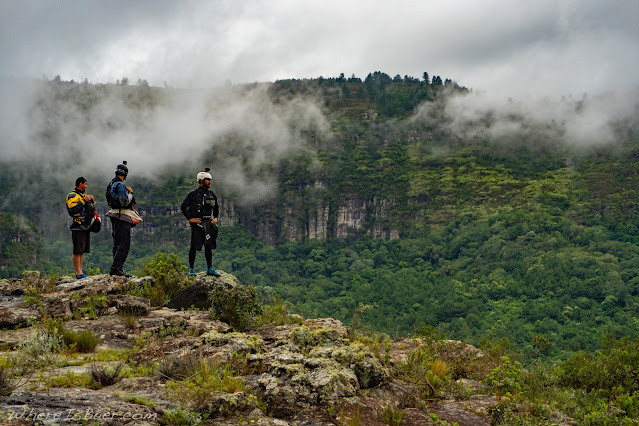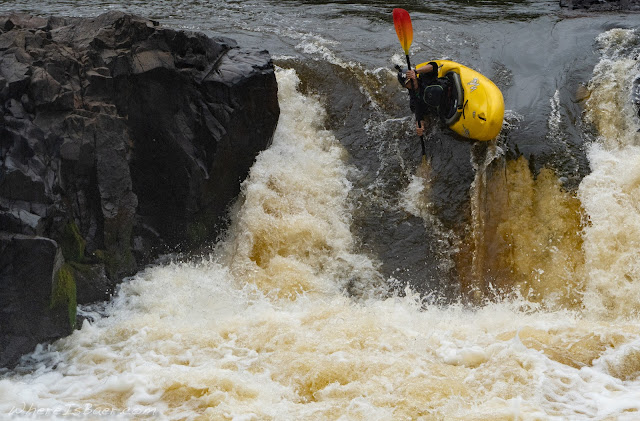Rio Santa Maria
Put In: GPS (-27.0484929,-49.0920952) Note: Information center and Gate
Take Out: Note: As far down as you want to go
Class: 4-5 Flow dependent
Flow: Visual, needs some rain
Description: Located in the National Park of Serra do Itajaí just outside of the fairly large city of Blumenau. The common light afternoon rain showers make this section flow very consistently. Lower flow days make for a user friendly drop pool style run that is very manageable. With high flows, after a heavy rain, everything starts to link and becomes continuous; a local guide is stronly recommended for these higher flow days.
Rio Forcaçāo
Put In: GPS (-26.7327393,-49.5350614) Note: Park and huck, multiple falls
Class: 5
Flow: Visual, requires heavy rain
Description: Park and huck options. The upper portion of this river has a tendency to create some fun waterfalls and slides.
Caí River
Put In: GPS (-29.269822, -50.754375) Note: Hydro Dam
Take Out: GPS (-29.292196, -50.910232) Note: First bridge crossing
Class: 5
Flow: Visual, requires medium rain, entirely dam dependent
Description: Put in is at a hydroelectric dam, so you need a bit of good luck and rain for it to run. Dam personnel seemed very ok with us being on the property; they even gave us a ride down the hill to the water. The section is 30+ km long, so bring a snack. Rock structue looks newer and volcanic, making it relatively sharp with tons of undercuts and sieves. The location is beautiful with huge towering rock formations whose huge walls also make this river very committing and pretty darn remote.
Rio Cubatáo
Put In: GPS (-27.711267, -48.852276) Note: Small bridge
Take Out: GPS (-27.691320, -48.777066) Note: Side of road
Class: 4-5, flow dependent
Flow: Visual, requires light to heavy rain
Description: There are two separate sections here: above and below the conflence near the city of Águas Mornas. Above the city, it feels fairly creeky with a handful of step rapids and one suggested portage. Below, it gets more water and has a full river feel with low angle slides.
Cachoeira do Zimbira
Put In: GPS (-27.647800, -48.863942) Note: Tiny bridge, water should be flowing over some of it
Take Out: GPS (-27.664355, -48.855999) Note: Side of road as you exit jungle
Class: 5
Flow: Visual, requires heavy rain
Description: This micro creek needs a ton of rain, so expect to encounter numerous down trees. Rapids come in quick succession with the ability to scout being massively hindered by the very dense jugle vegetation. A local guide is almost a necessity. The big drop is 20+ feet tall with a very deceptive lead-in and lip; scouting from river right is recommended.








